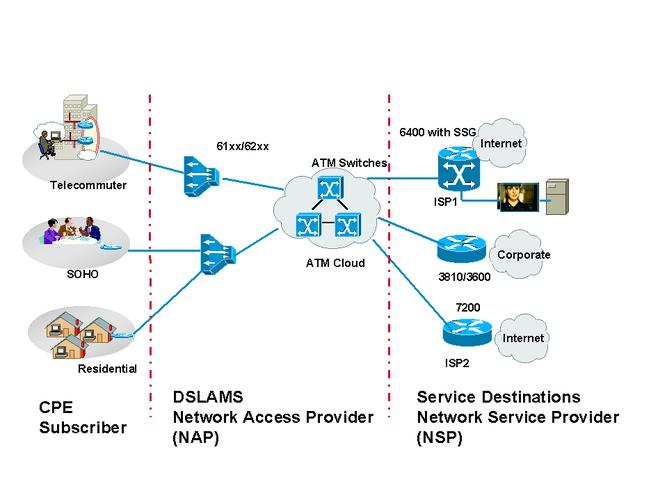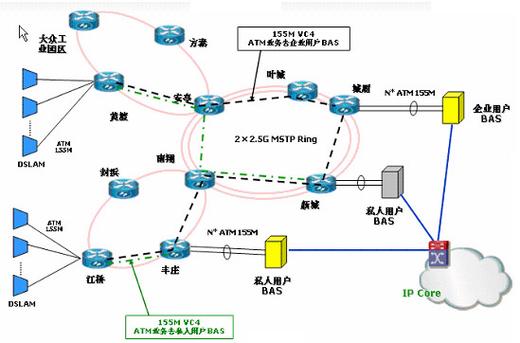
Understanding ADSL, ATM, and ETH: A Comprehensive Guide
When it comes to internet connectivity, understanding the different technologies that power your connection is crucial. Two of the most common technologies you might encounter are ADSL and ATM, while ETH is a term often associated with Ethernet. Let’s delve into each of these technologies to understand their workings and how they contribute to your internet experience.
ADSL: The Basics
ADSL, which stands for Asymmetric Digital Subscriber Line, is a type of technology that allows you to connect to the internet using your existing telephone line. The ‘asymmetric’ part of the name refers to the fact that the upload and download speeds are not the same. Typically, ADSL offers higher download speeds than upload speeds, making it ideal for activities like streaming videos or browsing the web, where you consume more data than you send.

ADSL operates on frequencies that are not used by your telephone line, so you can use your phone and the internet simultaneously without any interference. The technology uses a process called line coding to convert digital data into a format that can be transmitted over the telephone line. The data is then split into smaller packets and sent over the line at high speeds.
ATM: The Backbone of Networking
ATM, or Asynchronous Transfer Mode, is a networking technology that was developed in the 1980s. It’s designed to handle a wide range of data types, including voice, video, and data, at high speeds. Unlike ADSL, which is primarily used for internet access, ATM is more of a backbone technology that underpins many modern networking solutions.
ATM works by dividing data into small, fixed-size cells, each of which contains a header that includes information about the destination of the cell. This allows ATM to efficiently route data through a network, ensuring that it arrives at its destination in the correct order and with minimal delay. The use of fixed-size cells also makes it easier to prioritize traffic and manage network congestion.
ETH: The Ethernet Connection
ETH, short for Ethernet, is a widely used networking technology that provides a reliable and high-speed connection between devices. It’s the standard for local area networks (LANs) and is used in homes, offices, and data centers around the world. Ethernet uses a set of rules, known as the Ethernet protocol, to manage the transmission of data over a network.

When you connect a device to an Ethernet network, it’s assigned an IP address, which is a unique identifier for that device. The Ethernet protocol then uses this IP address to route data to and from the device. Ethernet connections can be wired or wireless, with wired connections typically offering faster speeds and more reliable performance.
| Connection Type | Speed | Reliability | Wireless |
|---|---|---|---|
| ADSL | Up to 24 Mbps | Depends on line quality | No |
| ATM | Up to 155 Mbps | High | No |
| ETH | Up to 10 Gbps | High | Yes |
While ADSL and ATM are more specialized technologies, ETH is a versatile and widely adopted standard that can be used for a variety of applications. Whether you’re setting up a home network or managing a large-scale data center, understanding the capabilities and limitations of these technologies can help you make informed decisions about your network infrastructure.
In conclusion, ADSL, ATM, and ETH are all important technologies that play a role in your internet connectivity. By understanding how each of these technologies works, you can better appreciate the complexity of your network and make informed decisions about how to optimize your internet experience.




